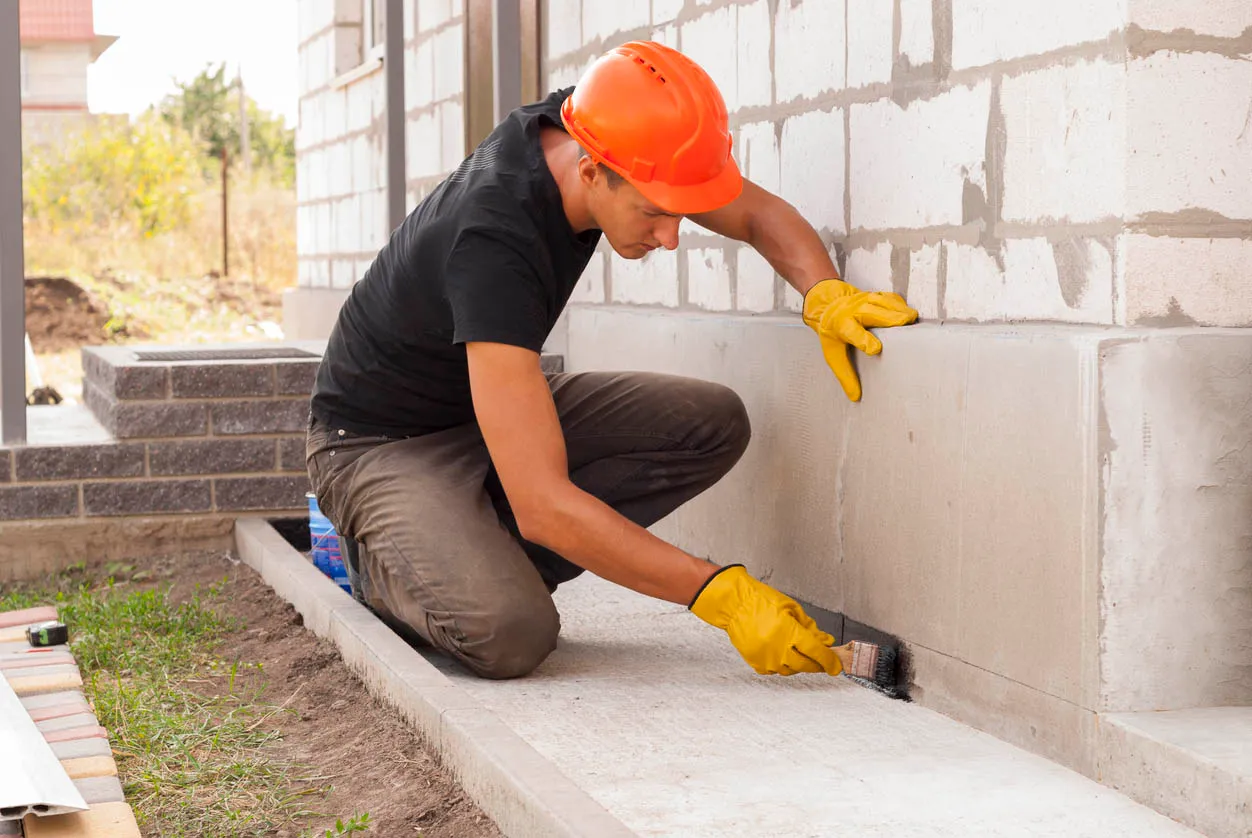Basement Waterproofing Supplier is an important step to prevent water damage, mold growth, and structural issues. Here’s a general overview of the process for basement waterproofing:
Identify the Source of Water Infiltration:
Before starting any waterproofing work, it’s essential to determine the source of water entry. We provide best Basement Waterproofing Supplier in Lahore Islamabad Pakistan Karachi Peshawar this could be through cracks in the walls, floor, or even through windows or gaps in the foundation.
Exterior Waterproofing:
This involves addressing the issue from the outside of the foundation. It’s more effective but can be more complex and costly.
Excavation: Dig around the foundation to expose the exterior walls.
Clean and Repair: Clean the foundation walls and repair any cracks or holes.
Apply Waterproof Coating: Apply a waterproofing membrane or coating to the exterior walls. This could be a rubberized asphalt or a liquid waterproofing product.
Install Drainage System: Install a drainage system like a French drain at the base of the foundation to direct water away from the building.
Interior Waterproofing:
If exterior waterproofing is not feasible, interior waterproofing can also be effective to manage water intrusion.
Seal Cracks: Fill any visible cracks in the walls or floors using hydraulic cement or epoxy injection.
Install Interior Drainage System: Create a drainage channel around the interior perimeter of the basement and connect it to a sump pump system to remove excess water.
Waterproof Paint or Coating: Apply waterproofing paint or coating on the interior walls to create a barrier against water vapor.
Install Vapor Barrier: Install a plastic vapor barrier on the interior walls to prevent moisture penetration.
Sump Pump Installation:
A sump pump is crucial for interior waterproofing. It collects water from the drainage system and pumps it out of the basement. Make sure it’s properly installed and functioning.
Landscaping and Grading:
Ensure that the ground around your foundation slopes away from the house. This prevents water from pooling around the foundation and causing leaks.
Maintain Gutters and Downspouts:
Properly functioning gutters and downspouts are essential for directing rainwater away from the foundation. Regularly clean and maintain them.
Foundation Repairs:
Address any structural issues in your foundation promptly, as they can contribute to water infiltration.
Professional Help:
While some DIY waterproofing can be effective, it’s often recommended to consult with professionals, especially for complex exterior waterproofing projects.
Remember that every basement and water issue is unique, so the solutions might vary. It’s important to thoroughly assess the situation and possibly consult with a professional before starting any waterproofing work.

